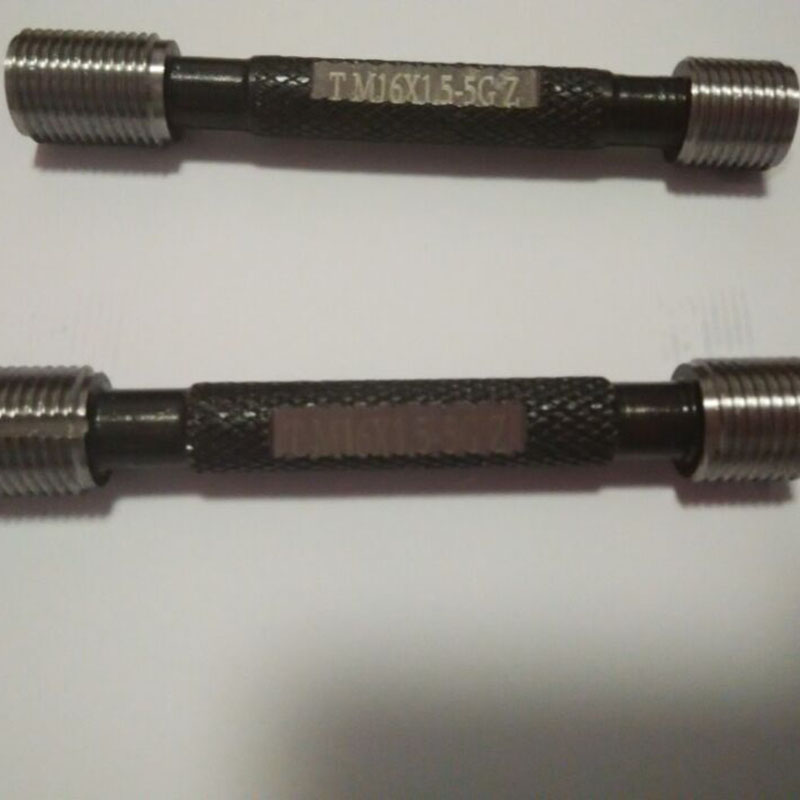nov . 21, 2024 08:54 Back to list
different types of butterfly valves
Understanding Different Types of Butterfly Valves
Butterfly valves are essential components in various industrial applications, serving as a simple yet effective means for regulating flow. They consist of a circular disc or vane that pivots about a central axis, allowing for control over the flow of liquids or gases within a pipeline. This article explores the different types of butterfly valves, their mechanisms, uses, and advantages.
1. Concentric Butterfly Valves
The most common type of butterfly valve is the concentric butterfly valve, also referred to as a wafer butterfly valve. This design features a disc that is centered within the pipe, allowing for efficient sealing and flow control. These valves are typically lightweight and compact, making them suitable for a wide range of applications, including water supply, wastewater treatment, and HVAC systems. The concentric design enables smooth operation with minimal pressure drop, while its simplistic construction ensures easy maintenance.
Eccentric butterfly valves are designed with the disc positioned off-center in relation to the valve’s body. This design helps in minimizing the friction between the disc and the seat, leading to a better sealing capability and reduced wear over time. Eccentric valves are often classified into two categories double eccentric (also known as “high-performance” valves) and triple eccentric valves. The double eccentric valve features an additional offset of the axis to further improve sealing, while the triple eccentric valve is designed with an additional offset, which helps to ensure a tight seal under high-pressure conditions.
These valves are commonly used in industries requiring high-performance applications, such as oil and gas, chemical processing, and power generation systems.
3. Lug Butterfly Valves
different types of butterfly valves

Lug butterfly valves have threaded lugs on the valve body that allow for easy installation and removal without the need to cut the pipeline. These valves can be bolted directly to the pipeline flanges, making maintenance more convenient. Lug butterfly valves are particularly useful in applications where the valve may require frequent removal or where space is limited. They are commonly used in water treatment plants, food processing, and HVAC systems.
4. Sanitary Butterfly Valves
In industries where hygiene is paramount—such as food and beverage, pharmaceutical, and biotechnology—sanitary butterfly valves are commonly employed. These valves are constructed from materials that meet stringent cleanliness and safety standards, ensuring that they do not contaminate the fluid passing through them. The design minimizes crevices where bacteria can grow, making cleaning and sterilization easier and more effective.
5. Electric and Pneumatic Butterfly Valves
Another way to classify butterfly valves is by their actuation method. Electric butterfly valves utilize electric actuators to open and close the valve, offering precise control and automation capabilities. They are increasingly used in modern industrial automation systems. Pneumatic butterfly valves, on the other hand, are operated using compressed air, providing rapid actuation in applications where speed is critical.
Conclusion
Butterfly valves are versatile and widely used flow control devices that come in various designs to meet the specific needs of different industries. The choice between concentric, eccentric, lug, or sanitary butterfly valves—and the decision to use electric or pneumatic actuation—depends on factors such as the nature of the fluid, operating conditions, and specific application requirements. Understanding these various types can greatly aid in selecting the right butterfly valve for your operations, ensuring efficiency, efficacy, and ease of maintenance in flow management.
-
Why Metric Trapezoidal Thread is Ideal for Precision Motion ControlNewsAug.05,2025
-
The Unique Properties of a Block of Granite for Industrial UseNewsAug.05,2025
-
The Role of Flanged Y Strainers in Preventing Pipeline ClogsNewsAug.05,2025
-
The Importance of Regular Calibration for Master Ring GagesNewsAug.05,2025
-
How a Cast Iron Surface Table Enhances Accuracy in ManufacturingNewsAug.05,2025
-
Comparing Different Check Valve Types for Optimal Flow ControlNewsAug.05,2025
Related PRODUCTS









